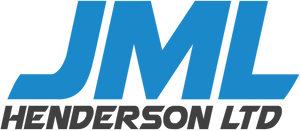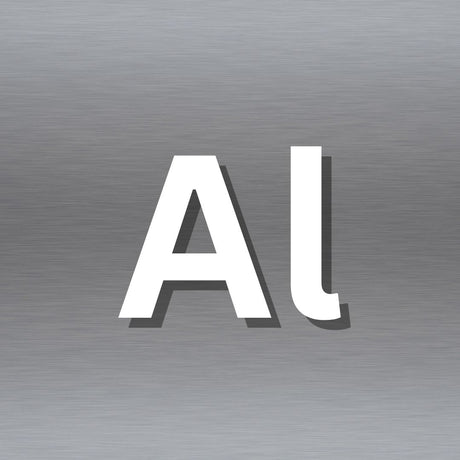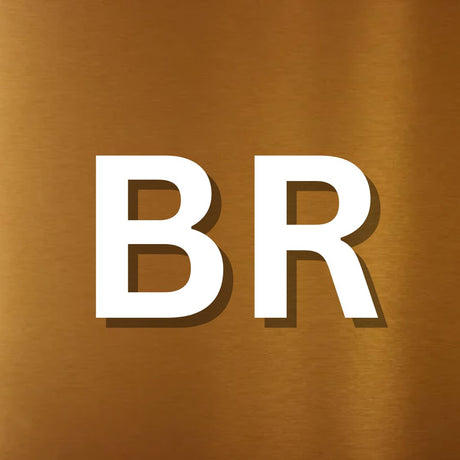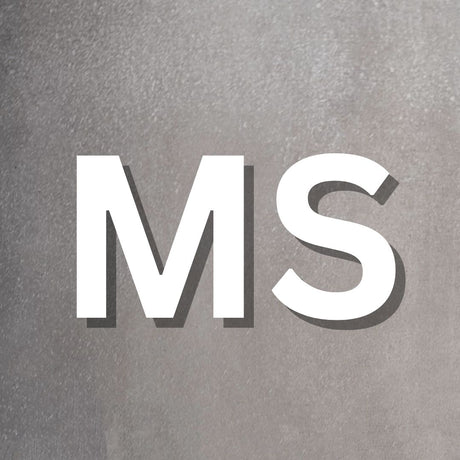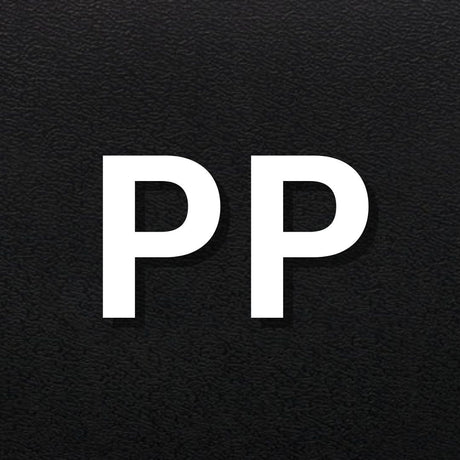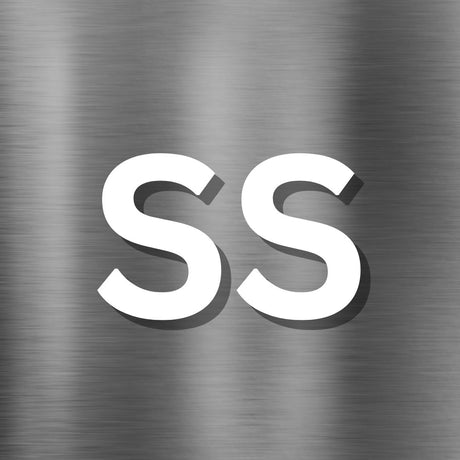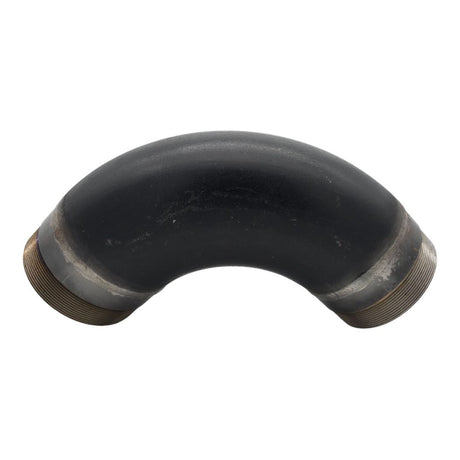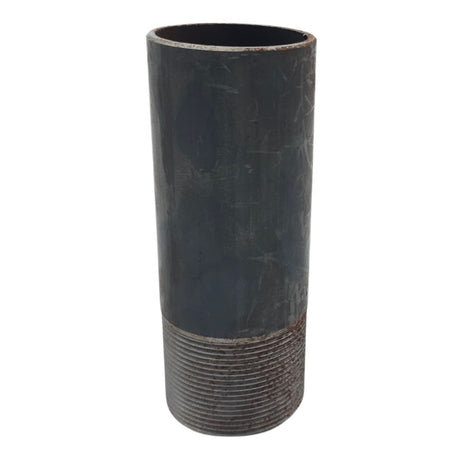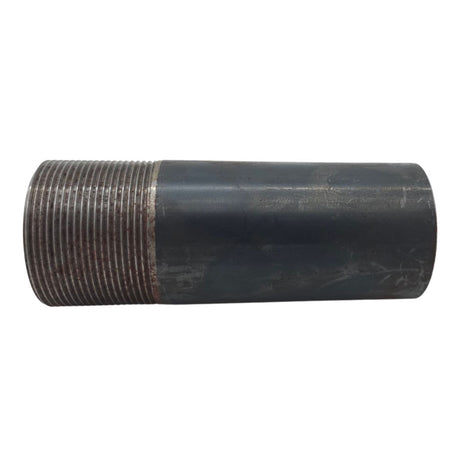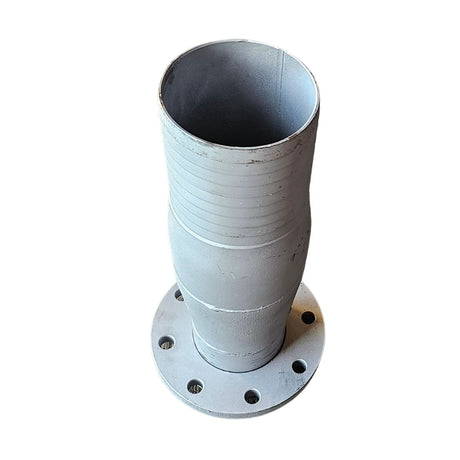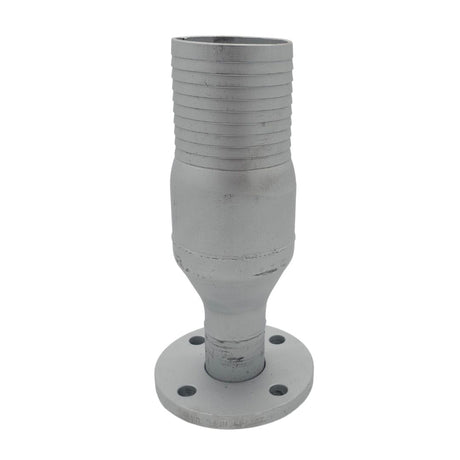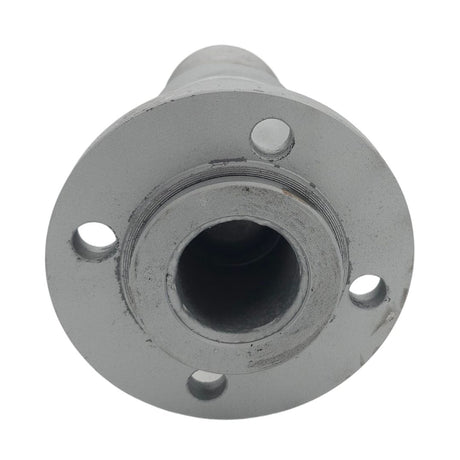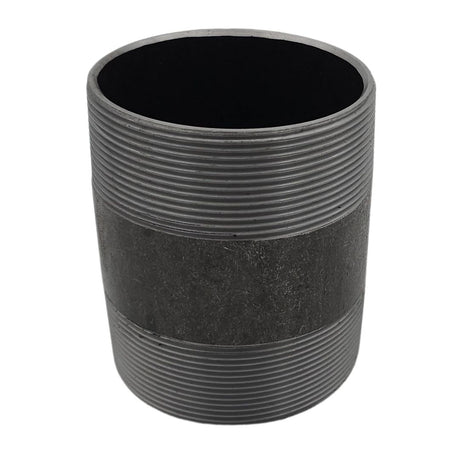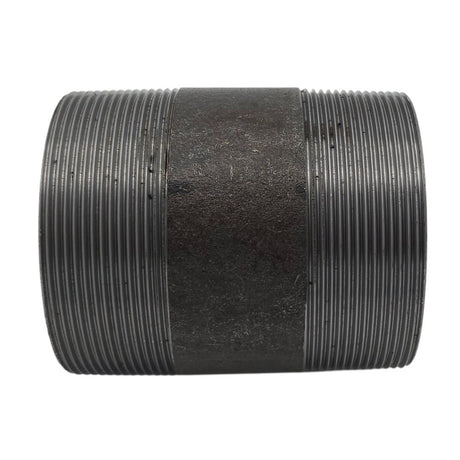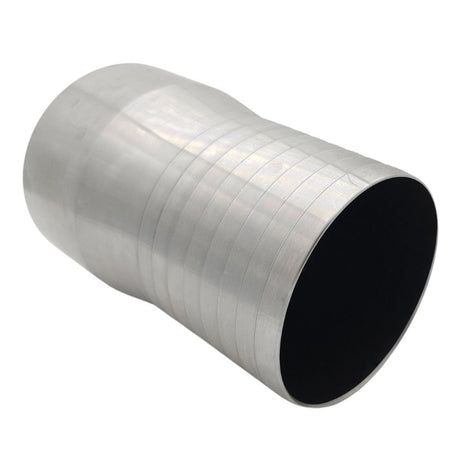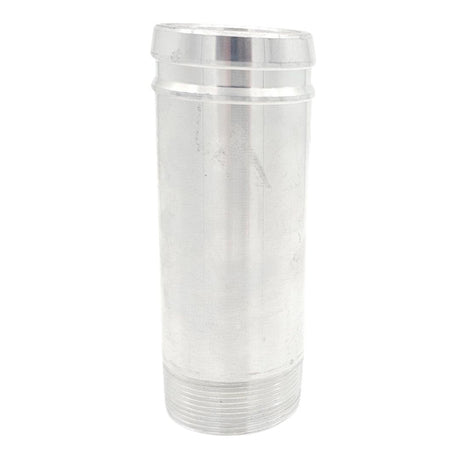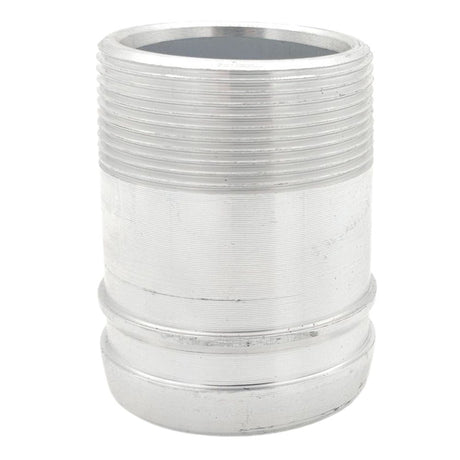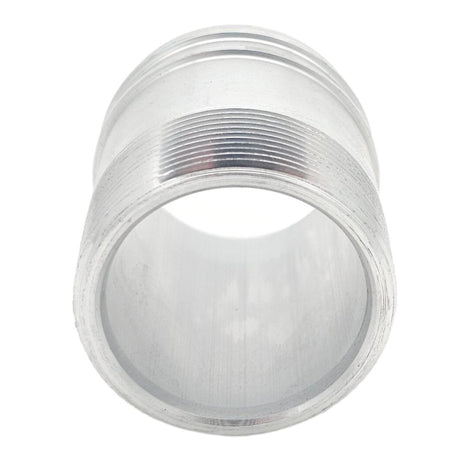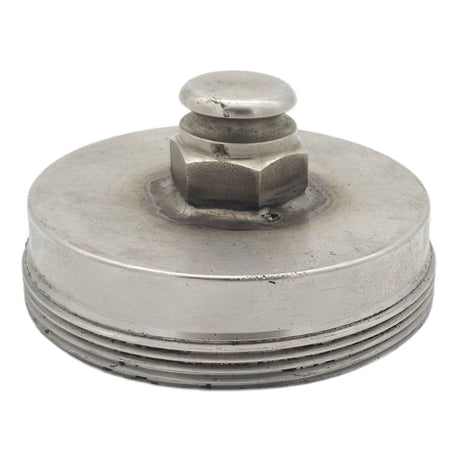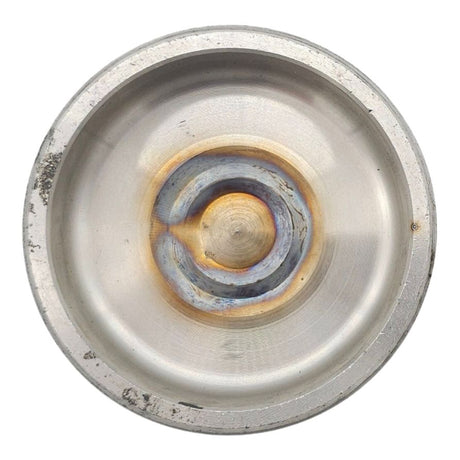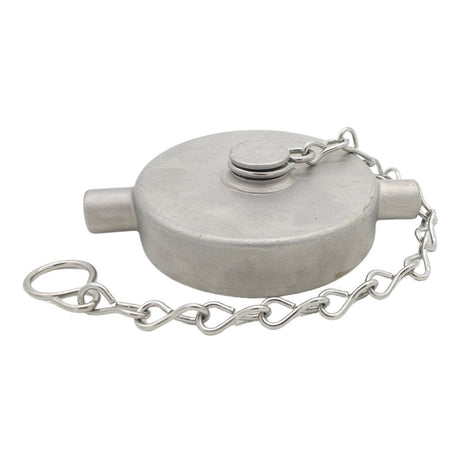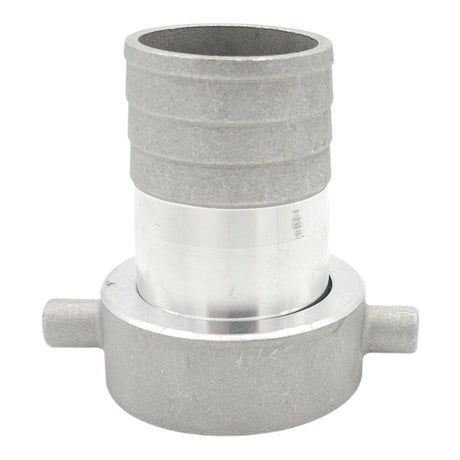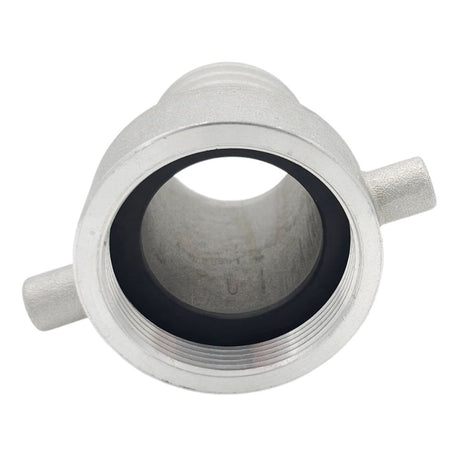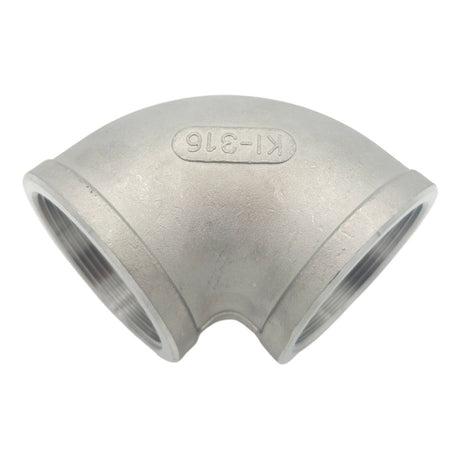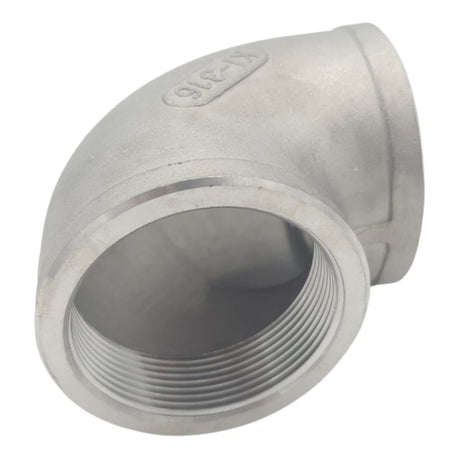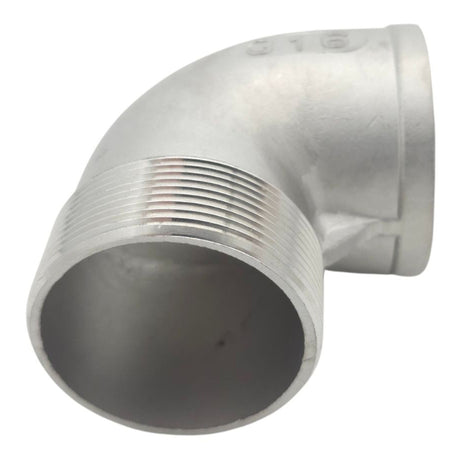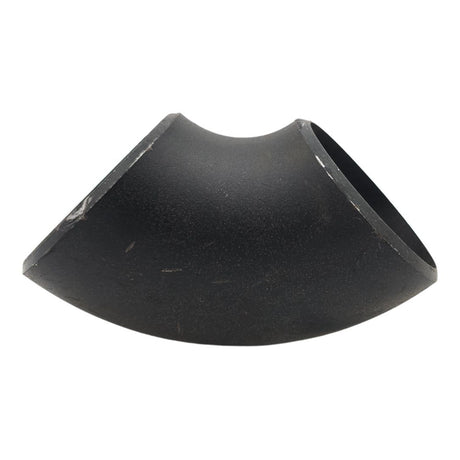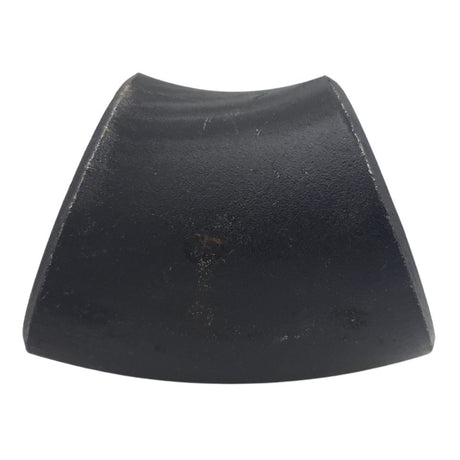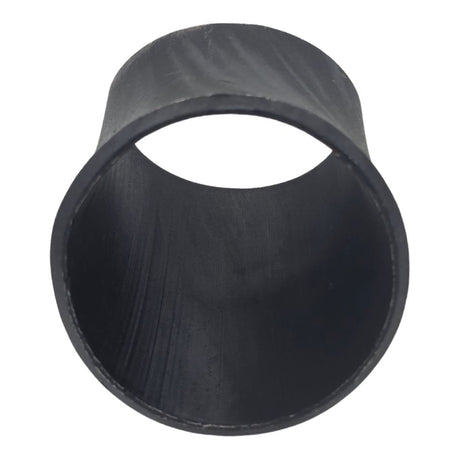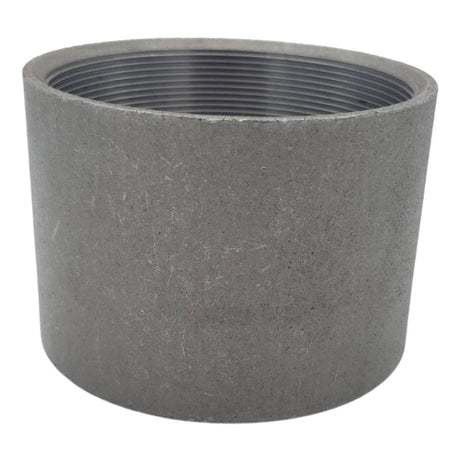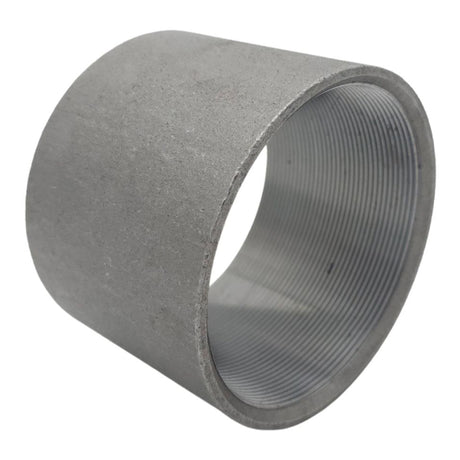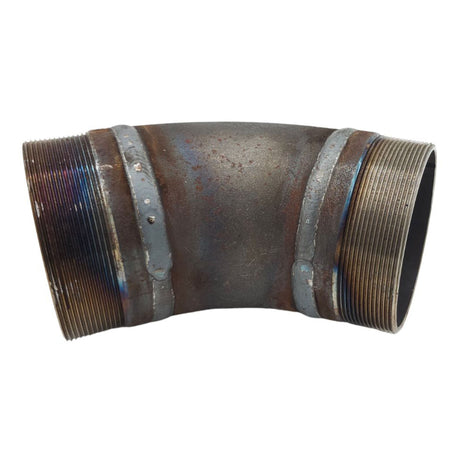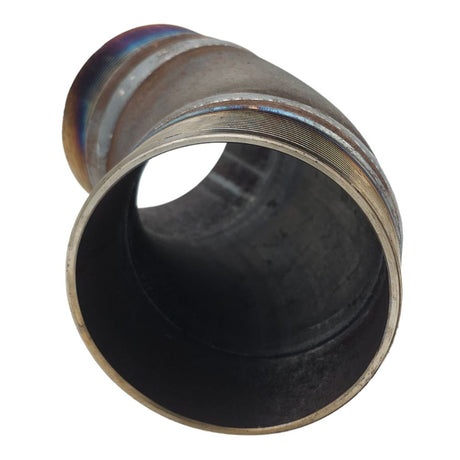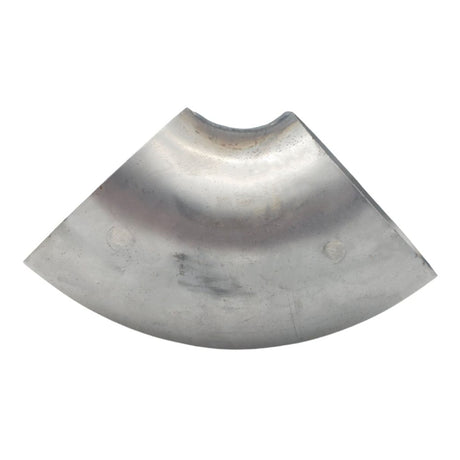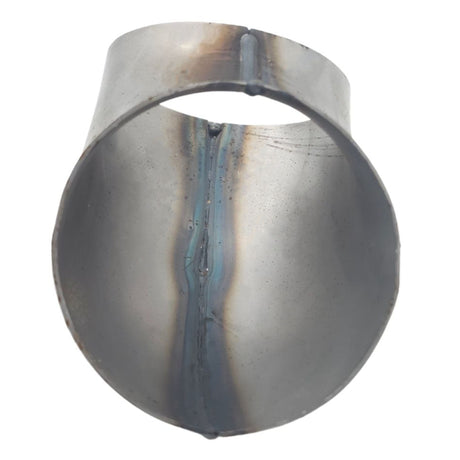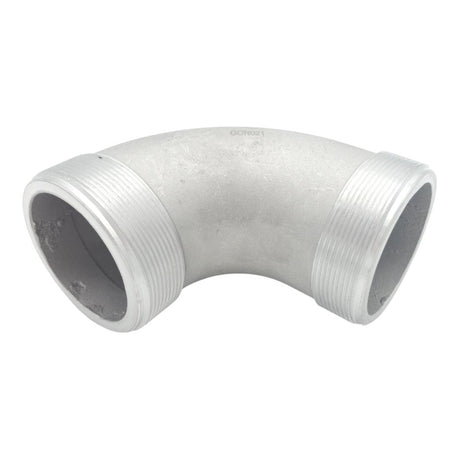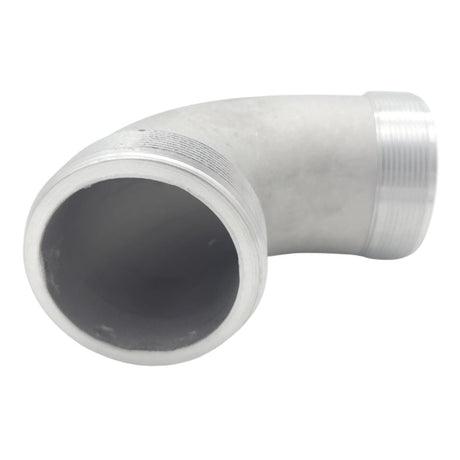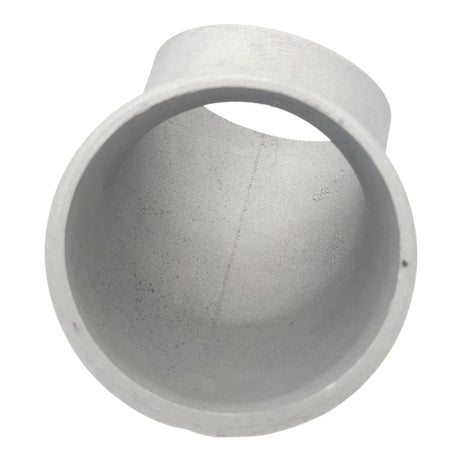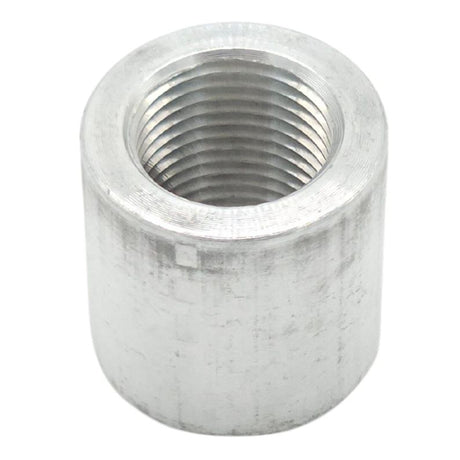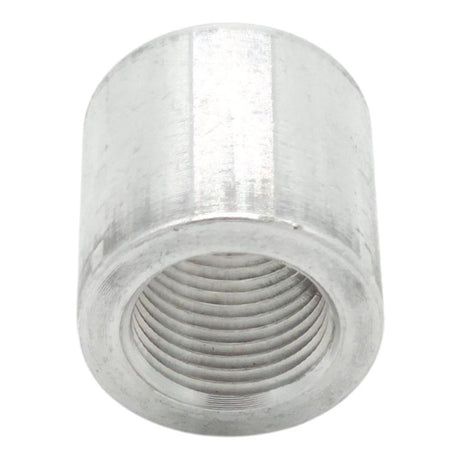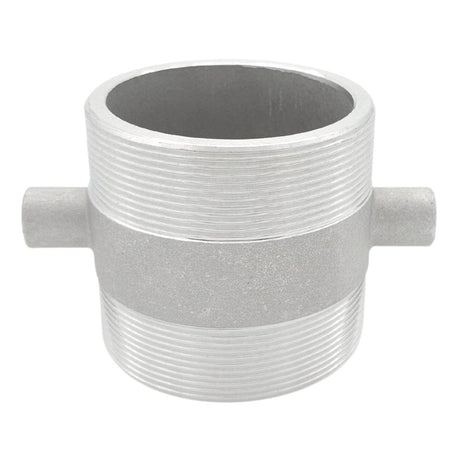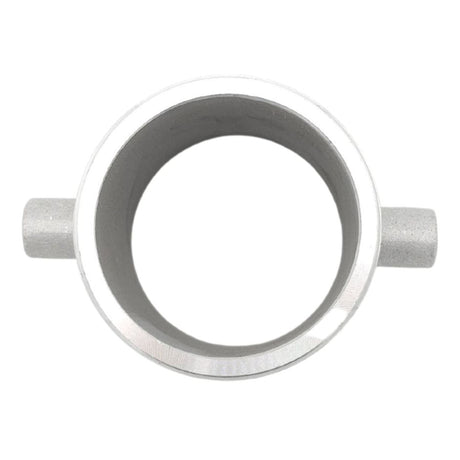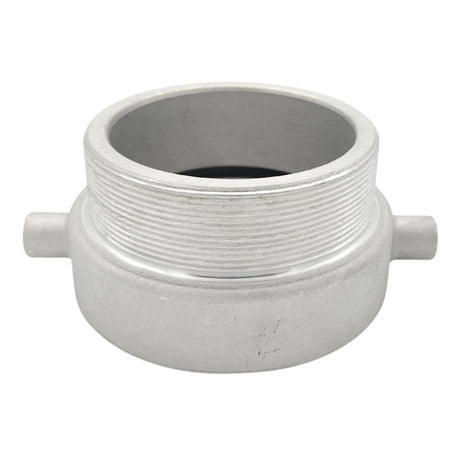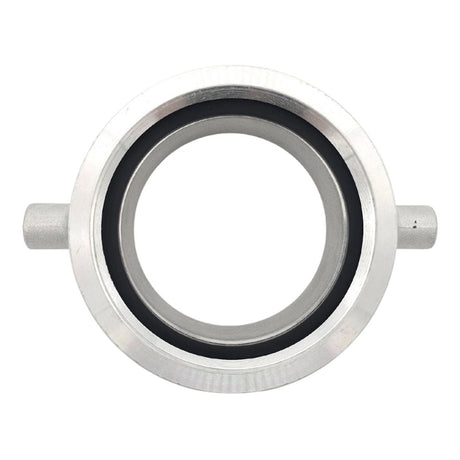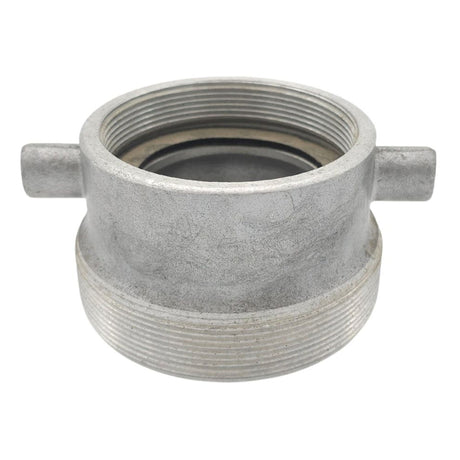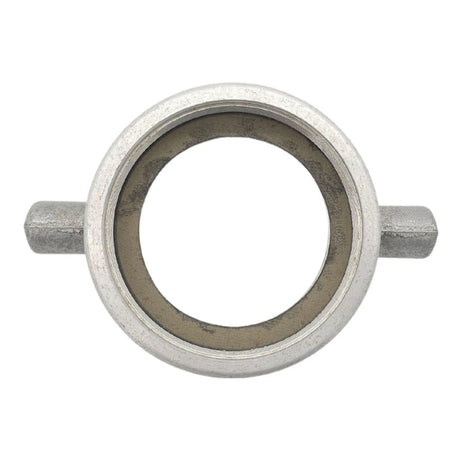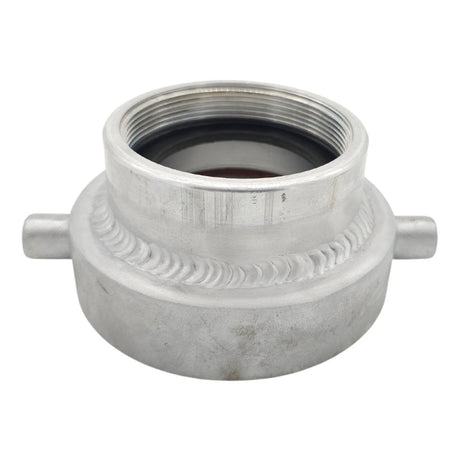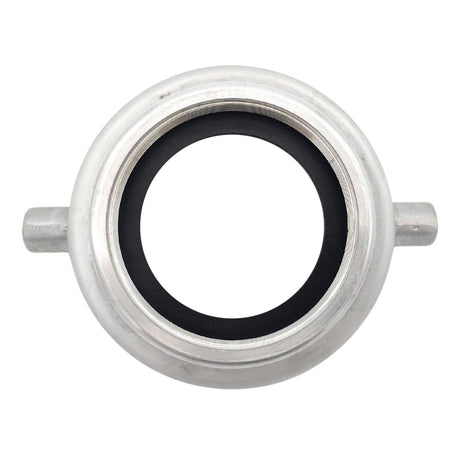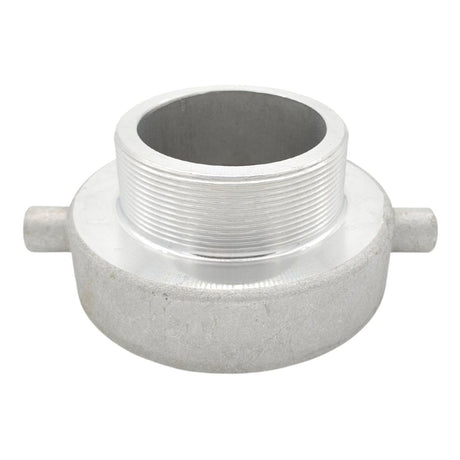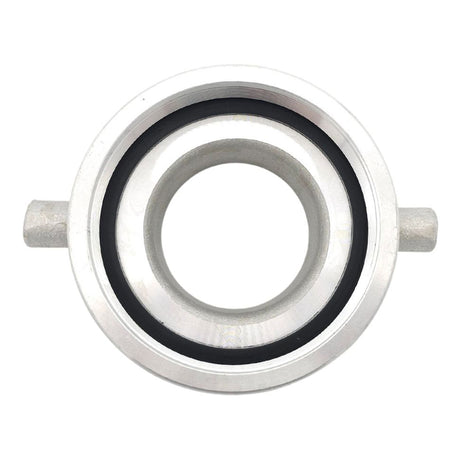Hose Fittings
Hose fittings are essential components that serve as the interface between hoses and the various equipment or systems to which they are connected. Made from materials like brass, stainless steel, or plastic, these fittings come in a wide array of shapes and sizes, including elbows, tees, and couplings, to suit the specific requirements of different applications.
- Featured
- Best selling
- Alphabetically, A-Z
- Alphabetically, Z-A
- Price, low to high
- Price, high to low
- Date, old to new
- Date, new to old
FiltersFilter & Sort
BSP Male to Male 90deg Steel Bend
£0.00Unit price /Unavailable- £0.00Unit price /Unavailable
PN16 Flange Enlarger Hose Tail (Mild Steel)
£0.00Unit price /UnavailablePN16 Swivel Flange Enlarger Serrated Tail (Mild Steel)
£0.00Unit price /UnavailableBSP Barrel Nipple (Mild Steel)
£0.00Unit price /UnavailableWeld On Serrated Hose Tail (Mild Steel)
£0.00Unit price /UnavailableBSP Male Ribbed Hose Tail Long (Aluminium)
£0.00Unit price /UnavailableBSP Male Ribbed Hose Tail (Aluminium)
£0.00Unit price /Unavailable- £0.00Unit price /Unavailable
BSP Blank Cap (Stainless Steel)
£0.00Unit price /UnavailableBSP Female Serrated Hose Tail (Aluminium)
£0.00Unit price /UnavailableBSP Male to Female Extension (Stainless Steel)
£0.00Unit price /UnavailableBSP Female to Female 45° Elbow (Stainless Steel)
£0.00Unit price /UnavailableBSP Female to Female 90° Elbow (Stainless Steel)
£0.00Unit price /UnavailableBSP Male to Female 90° Elbow (Stainless Steel)
£0.00Unit price /Unavailable- £0.00Unit price /Unavailable
- £0.00Unit price /Unavailable
- £0.00Unit price /Unavailable
BSP Male to Male 45° Bend (Steel)
£0.00Unit price /Unavailable- £0.00Unit price /Unavailable
BSP Male to Male 90° Bend (Aluminium)
£0.00Unit price /Unavailable- £0.00Unit price /Unavailable
- £0.00Unit price /Unavailable
BSP Male to Male Adaptor (Aluminium)
£0.01Unit price /UnavailableBSP Male to Female Adaptor (Aluminium)
£0.01Unit price /UnavailableBSP Male to BSP Female Reducer (Aluminium)
£0.01Unit price /UnavailableBSP Female to Female Reducer (Aluminium)
£0.01Unit price /UnavailableBSP Female to BSP Male Reducer (Aluminium)
£0.01Unit price /Unavailable
Interested in a Quote?
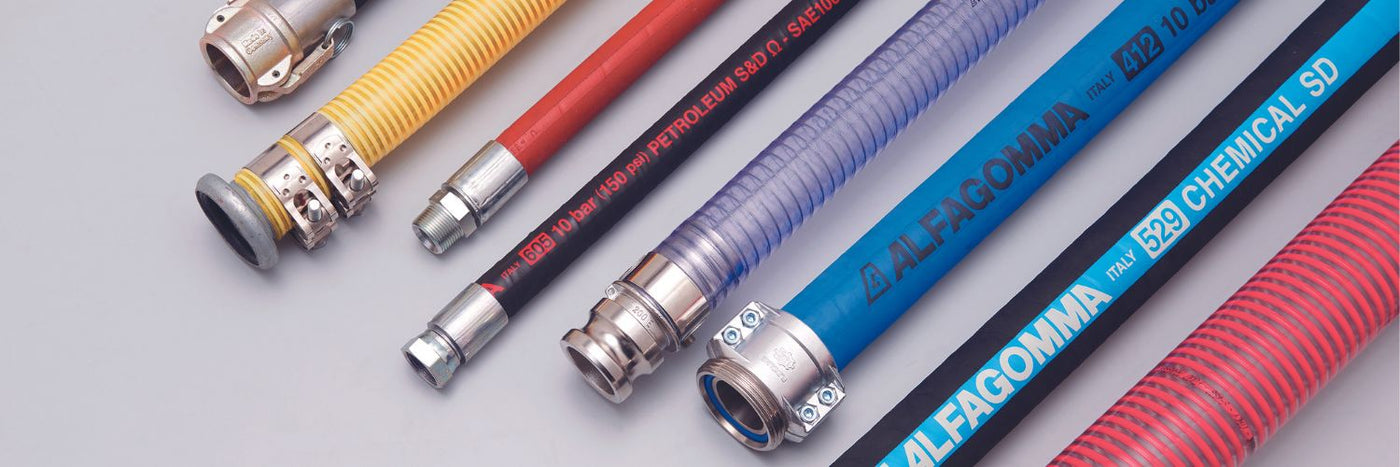
Industrial Hoses
Industrial hoses are robust, flexible tubes designed to convey fluids, gases, or granular materials under varying conditions and pressures. These hoses are employed across a diverse range of industries, including petrochemical, food processing, construction, and manufacturing, to name just a few. Made from materials such as rubber, PVC, or metal, they can be reinforced with layers of textile, wire, or other synthetic materials for added strength and durability.
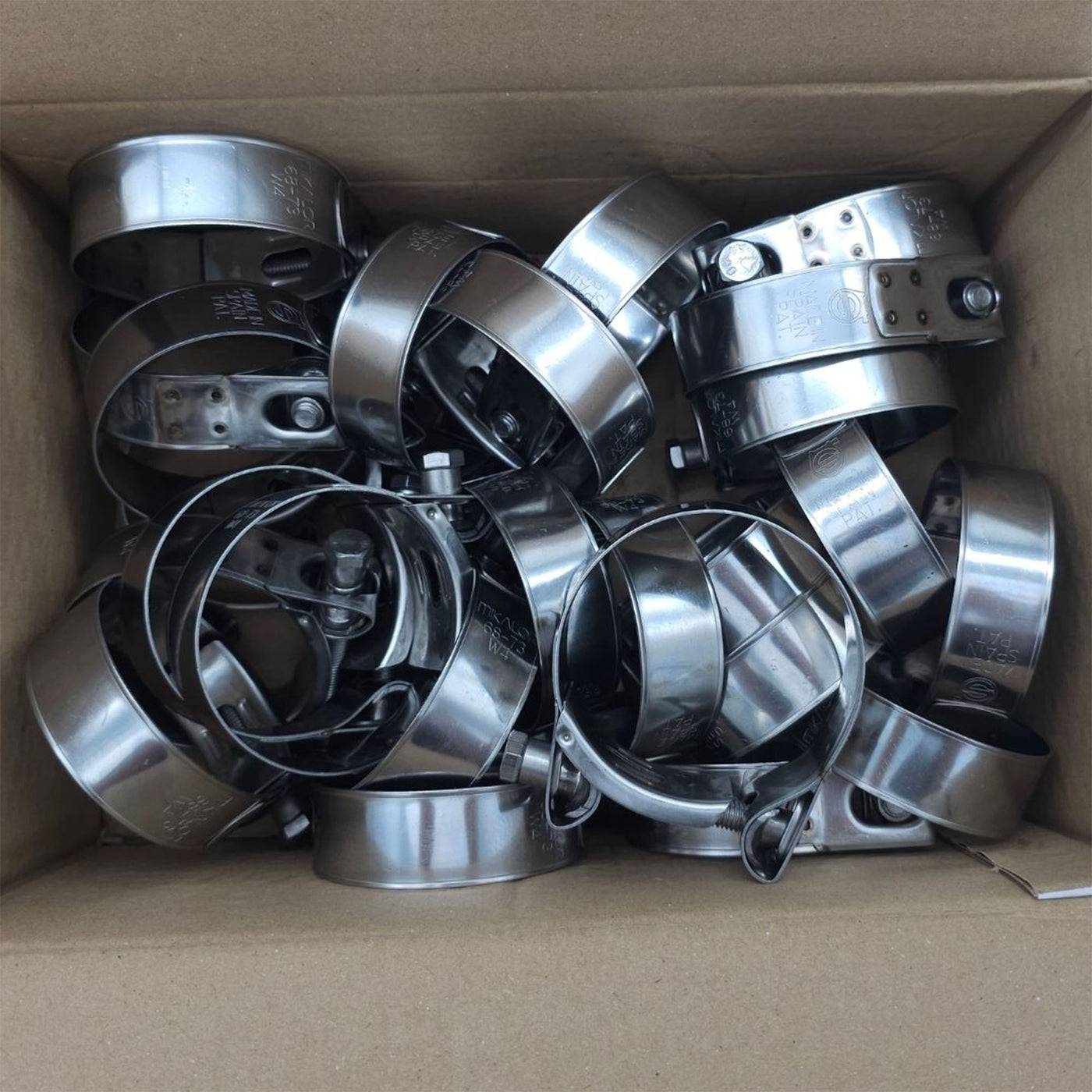
Hose Clips & Clamps
Hose clips and clamps are mechanical devices specifically designed to secure hoses onto fittings, thereby preventing unwanted fluid leakage or detachment. These components are vital in various applications, such as automotive systems, industrial machinery, and plumbing. Made from materials like stainless steel, plastic, or even heavy-duty rubber, hose clips and clamps can range from simple wire forms to more elaborate quick-release or adjustable types.
Shop our Catalogue
- Hoses
- Clips & Clamps
- Couplings & Fittings
- Tanker Parts
- Industrial Hoses
- Ducting
- PVC Hoses
- Hose Accessories
- Hose Manufacturers
- Clips & Clamps
- Clamp Material
- Manufacturer
- Couplings
- Fittings
- Hose Carriers
- Valves
- Aeration & Filters
- Bowls, Outlet & Discharge
- Tanker Body Parts
- Chassis Body Parts
- Engine Parts
-
 Bulk Material Hoses
Bulk Material Hoses
-
 Food Safe Hoses
Food Safe Hoses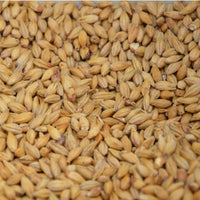
-
 Silo Vehicle Hoses
Silo Vehicle Hoses
-
 Water & Liquid Hoses
Water & Liquid Hoses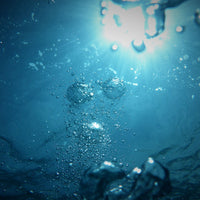
-
 Automotive Hoses
Automotive Hoses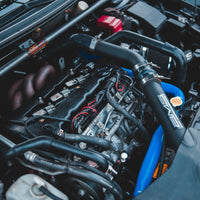
-
 Composite Hoses
Composite Hoses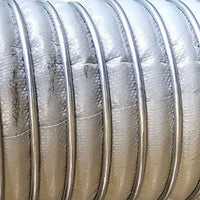
-
 Agricultural Hoses
Agricultural Hoses
-
 Stainless Steel Hoses
Stainless Steel Hoses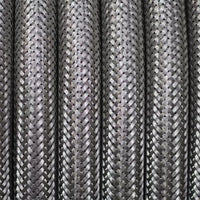
-
 Abrasion Resistant (PU) Ducting
Abrasion Resistant (PU) Ducting
-
 Anti-static Ducting
Anti-static Ducting
-
 Food & Pharma Ducting
Food & Pharma Ducting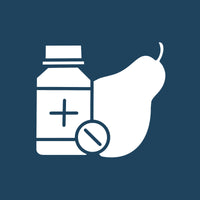
-
 High Temperature Ducting
High Temperature Ducting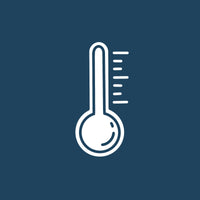
-
 Ventilation Ducting
Ventilation Ducting
-
 Suction & Delivery Hoses
Suction & Delivery Hoses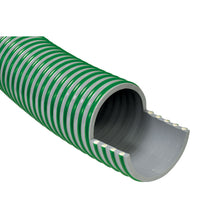
-
 Wire Reinforced Hoses
Wire Reinforced Hoses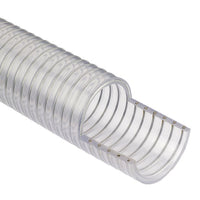
-
 Braided & Tubing Hoses
Braided & Tubing Hoses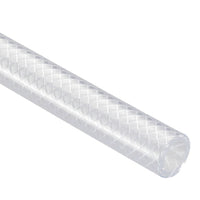
-
 Layflat Hoses
Layflat Hoses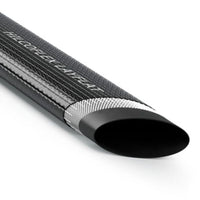
-
 Whipcheck Safety Cables
Whipcheck Safety Cables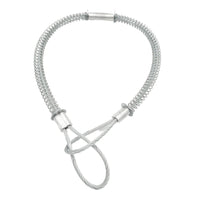
-
 Anti-Scuff
Anti-Scuff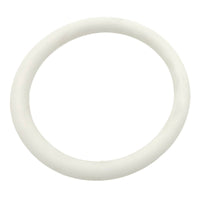
-
 ID Tags
ID Tags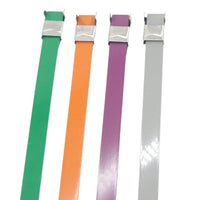
-
 Alfagomma
Alfagomma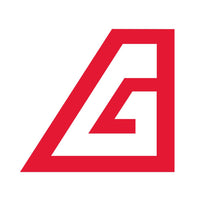
-
 Griflex
Griflex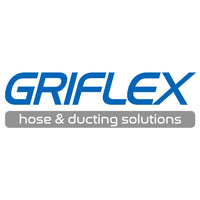
-
 IVG
IVG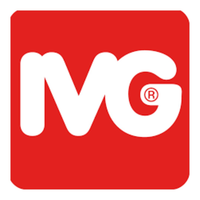
-
 Thor
Thor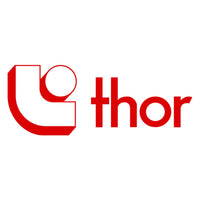
-
 Trelleborg
Trelleborg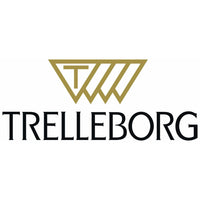
-
 Copely
Copely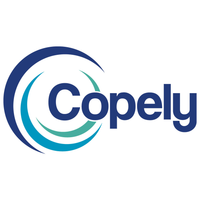
-
 Continental
Continental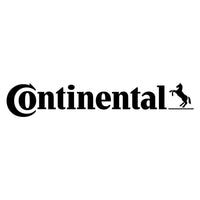
-
 Gollmer & Hummel
Gollmer & Hummel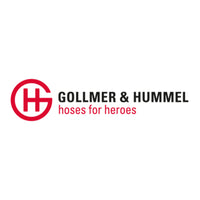
-
 Masterflex
Masterflex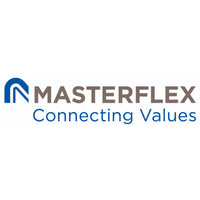
-
 Band-it
Band-it
-
 Constant Tension Clamps
Constant Tension Clamps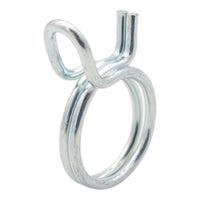
-
 Ear 'O' Clips
Ear 'O' Clips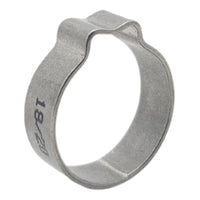
-
 P-Clips
P-Clips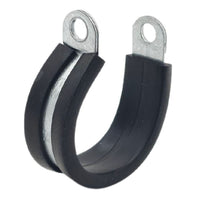
-
 T Bolt Clamps
T Bolt Clamps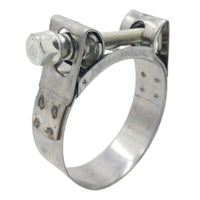
-
 T Screw Clamps
T Screw Clamps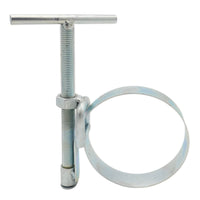
-
 Worm Drive Clamps
Worm Drive Clamps
-
 Safety Clamps
Safety Clamps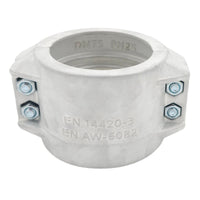
-
 W1 - Mild Steel
W1 - Mild Steel
-
 W2 - Part Stainless (430)
W2 - Part Stainless (430)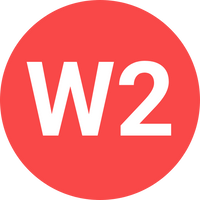
-
 W3 - Full Stainless (430)
W3 - Full Stainless (430)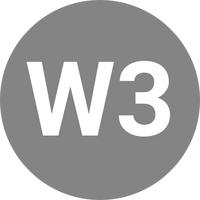
-
 W4 - Full Stainless (304)
W4 - Full Stainless (304)
-
 W5 - Full Stainless (316)
W5 - Full Stainless (316)
-
 Mikalor
Mikalor
-
 JCS
JCS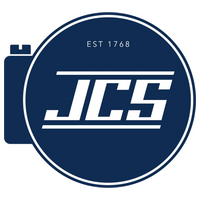
-
 Norma
Norma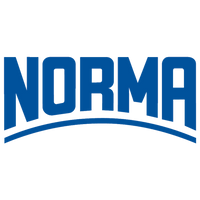
-
 Unicone Couplings
Unicone Couplings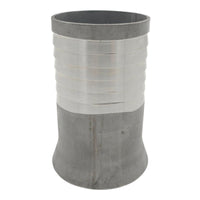
-
 Bauer Couplings
Bauer Couplings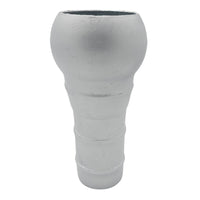
-
 BSP Couplings
BSP Couplings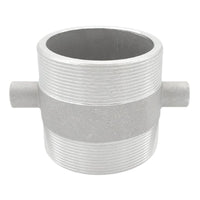
-
 Camlock Couplings
Camlock Couplings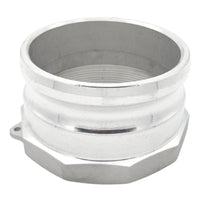
-
 Geka Couplings
Geka Couplings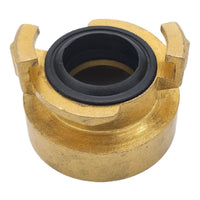
-
 Guillemin Couplings
Guillemin Couplings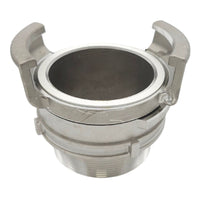
-
 Instantaneous Couplings
Instantaneous Couplings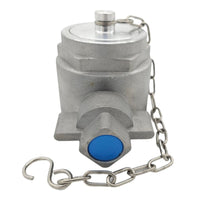
-
 Lever Lock Couplings
Lever Lock Couplings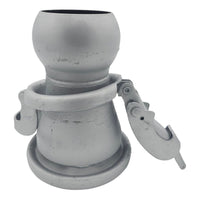
-
 RJT Couplings
RJT Couplings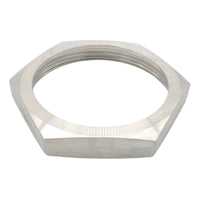
-
 DIN 11851 Couplings
DIN 11851 Couplings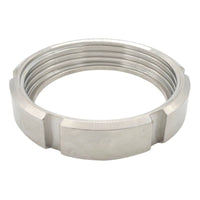
-
 SMS Couplings
SMS Couplings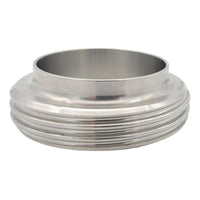
-
 Storz Couplings
Storz Couplings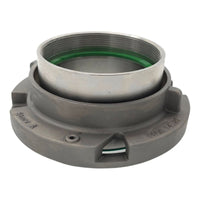
-
 Tank Wagon Couplings
Tank Wagon Couplings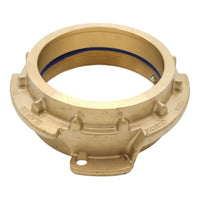
-
 Toggle Couplings
Toggle Couplings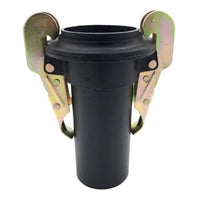
-
 URT Couplings
URT Couplings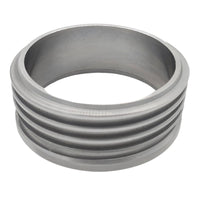
-
 Wilcox Couplings
Wilcox Couplings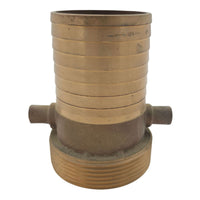
-
 Aluminium Fittings
Aluminium Fittings
-
 Mild Steel Fittings
Mild Steel Fittings
-
 Polypropylene Fittings
Polypropylene Fittings
-
 Stainless Steel Fittings
Stainless Steel Fittings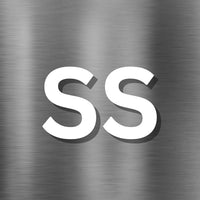
-
 Hose Carriers
Hose Carriers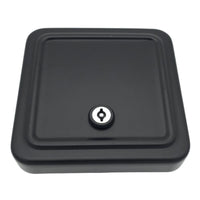
-
 Hose Carrier Brackets
Hose Carrier Brackets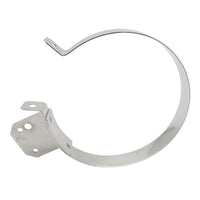
-
 Hose Carrier Locks
Hose Carrier Locks
-
 Hose Carrier Keys
Hose Carrier Keys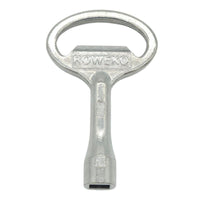
-
 Hose Carrier Accessories
Hose Carrier Accessories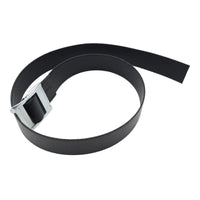
-
 Air Shut Off Valves
Air Shut Off Valves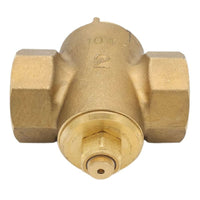
-
 Ball Valves & Accelerators
Ball Valves & Accelerators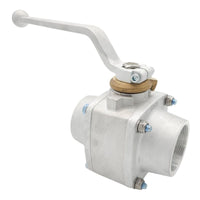
-
 Butterfly Valves
Butterfly Valves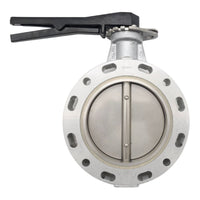
-
 Diaphragm Valves
Diaphragm Valves
-
 Gate Valves
Gate Valves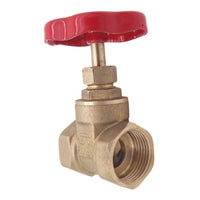
-
 Non Return Valves
Non Return Valves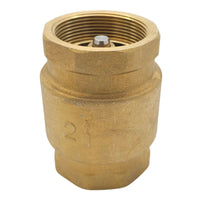
-
 Pinch Valves
Pinch Valves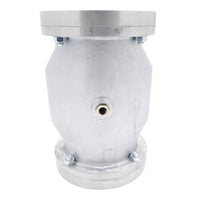
-
 Pressure Relief Valves
Pressure Relief Valves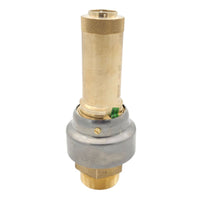
-
 Universal Joints
Universal Joints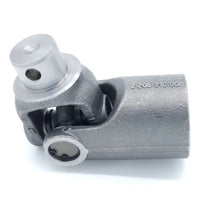
-
 Aeration Pads
Aeration Pads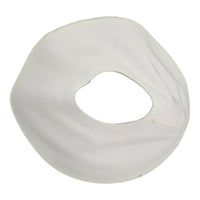
-
 Aeration Socks
Aeration Socks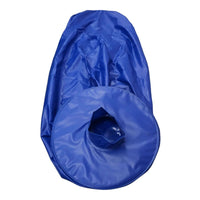
-
 Aeration Valves
Aeration Valves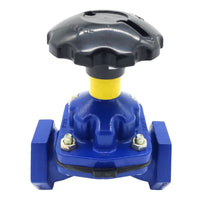
-
 Air Filters
Air Filters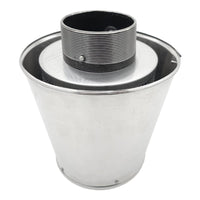
-
 Compressor Filters
Compressor Filters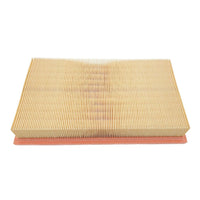
-
 Vent Silencers
Vent Silencers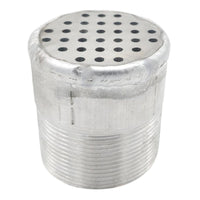
-
 Discharge Elbows
Discharge Elbows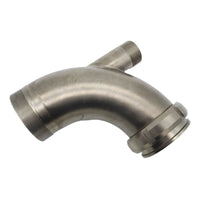
-
 Discharge Bowl Flange
Discharge Bowl Flange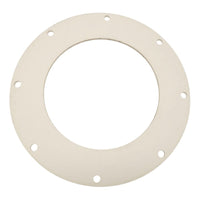
-
 Drain Pots & Outlet Connection
Drain Pots & Outlet Connection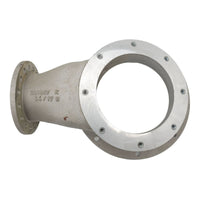
-
 Flanges
Flanges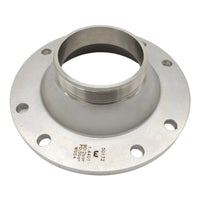
-
 Manlid & Accessories
Manlid & Accessories
-
 Material Line
Material Line
-
 Sight Glasses
Sight Glasses
-
 Accessories
Accessories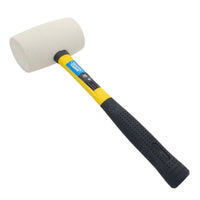
-
 Air Manifold
Air Manifold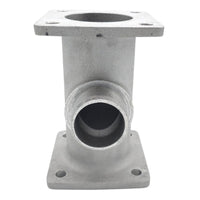
-
 Anti Static & Earthing
Anti Static & Earthing
-
 Gas Struts & Pneumatic Cylinders
Gas Struts & Pneumatic Cylinders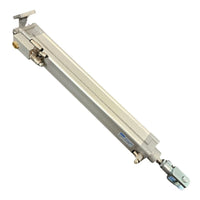
-
 Gauges & Thermometers
Gauges & Thermometers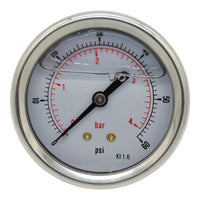
-
 Handrail & Catwalk Parts
Handrail & Catwalk Parts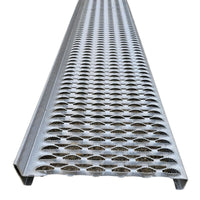
-
 Information Holders
Information Holders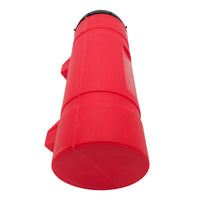
-
 Lighting & Electronics
Lighting & Electronics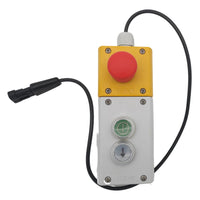
-
 Load Security
Load Security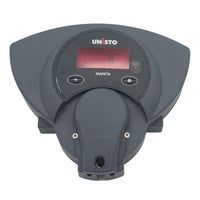
-
 Locks & Catches
Locks & Catches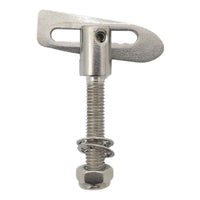
-
 Sensors
Sensors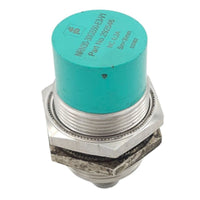
-
 Air Tanks
Air Tanks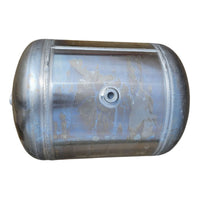
-
 Axle Catch Ropes
Axle Catch Ropes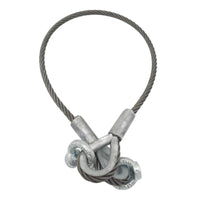
-
 Bumpers, Brackets & LED
Bumpers, Brackets & LED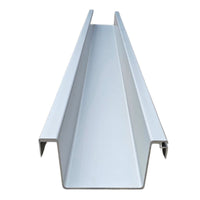
-
 Landing Leg Brackets
Landing Leg Brackets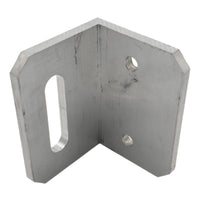
-
 Mudguards & Brackets
Mudguards & Brackets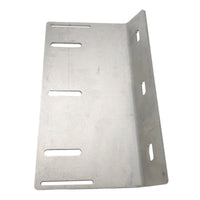
-
 Side Guards
Side Guards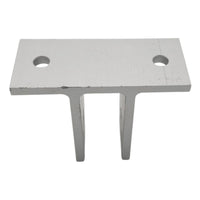
-
 Tool Boxes
Tool Boxes
-
 Air Filter Indicators
Air Filter Indicators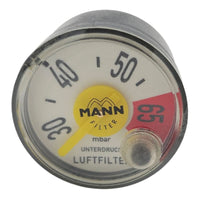
-
 Control Panel
Control Panel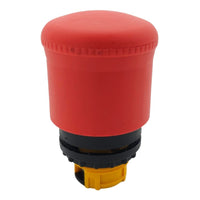
-
 Drive Couplings & Clutches
Drive Couplings & Clutches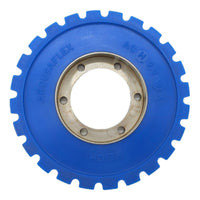
-
 Electric Tip
Electric Tip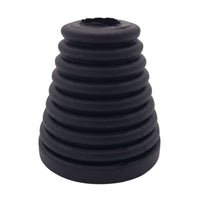
-
 Engine Mountings
Engine Mountings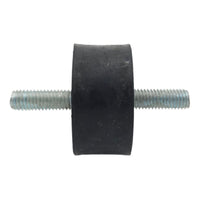
-
 Fuel Tanks
Fuel Tanks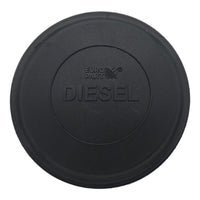
-
 Hand Throttle
Hand Throttle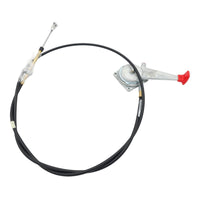
-
 JCB & Yanmar
JCB & Yanmar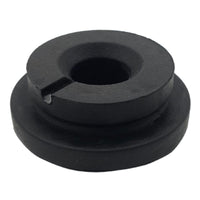
-
 PTO / Hydraulic
PTO / Hydraulic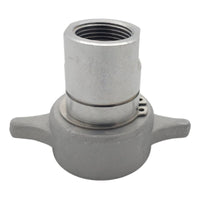
Hose fittings are crucial components used to connect hoses in various systems, facilitating the secure and efficient transfer of fluids, gases, and sometimes even solid materials. Here are some benefits of using hose fittings:
Improved Functionality
-
Secure Connections: High-quality fittings ensure that hoses are securely connected, minimizing leaks and enhancing the overall efficiency of a system.
-
Versatility: Fittings allow for easy adaptation of hoses to various sizes and shapes of ports, enabling a wide range of applications.
-
Orientation: Certain types of fittings can be swiveled or angled to provide optimal orientation, making it easier to navigate complex routing or tight spaces.
Safety Benefits
-
Reduced Hazards: Secure and proper fittings reduce the risk of leaks or bursts, which could otherwise lead to hazardous conditions, including slips, falls, or exposure to dangerous substances.
-
Pressure Management: Some fittings come with safety features for pressure regulation, ensuring that the hose operates within safe pressure limits.
-
Quick Disconnect: Many fittings offer quick-disconnect features, allowing for rapid and safe hose changes, particularly important in emergency situations or frequent change-over applications.
Ease of Use
-
Ease of Assembly: Many modern fittings are designed for easy assembly and disassembly, reducing the need for specialized tools or training.
-
Reusable: Some high-quality fittings are reusable, offering cost advantages and environmental benefits.
-
Quick Identification: Fittings often come with markings or color codes that make it easier to identify their size, material, and compatibility, simplifying maintenance and repairs.
Durability and Reliability
-
Material Options: Fittings are available in a variety of materials, including brass, stainless steel, and plastic, each offering different levels of corrosion resistance, durability, and chemical compatibility.
-
High-Quality Seals: Many fittings come with built-in seals (O-rings, gaskets, etc.) that provide an extra layer of security against leaks.
-
Longevity: Quality hose fittings can significantly extend the life of a hose by providing secure and durable connections.
Cost-Effectiveness
-
Reduced Maintenance: Reliable fittings require less frequent replacements and lower maintenance costs.
-
Increased Efficiency: Proper fittings ensure a more efficient system by minimizing leaks and pressure losses, thereby reducing operational costs.
Customization and Compatibility
-
Custom Solutions: Fittings can be custom-designed to meet specific requirements, offering solutions for unique applications or challenging environments.
-
Interchangeability: Standardized fittings allow for easier interchangeability between different hoses and systems, offering greater flexibility.
Environmental Benefits
-
Resource Conservation: Secure fittings can minimize leaks, helping to conserve valuable resources like water, fuel, or chemicals.
-
Lower Emissions: By preventing gas leaks, certain types of fittings contribute to lower emissions, aiding in environmental protection.
When selecting hose fittings, it’s crucial to consider factors such as material compatibility, pressure ratings, and the specific requirements of your application to ensure you choose the most suitable options. Always adhere to manufacturer recommendations and industry standards for maximum safety and efficiency.

Subscribe to our emails
Be the first to know about our new products including hoses, couplings, clips, clamps & tanker parts.
